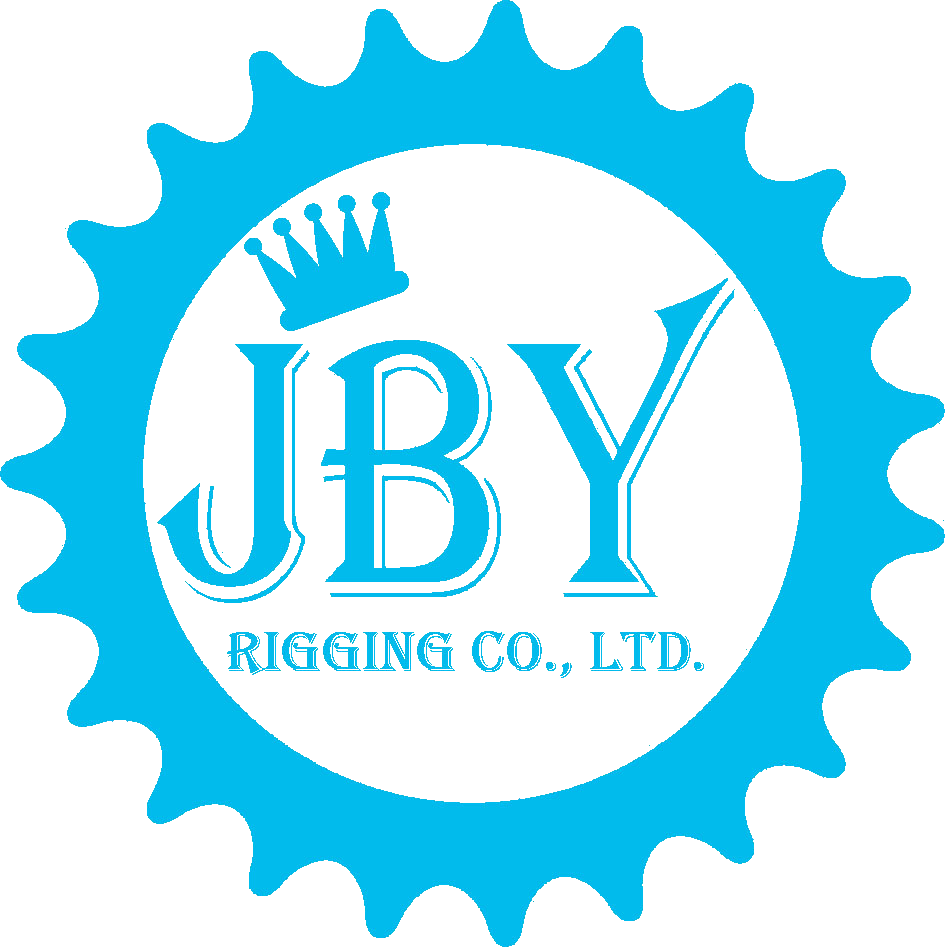The Eye hoist hook should pay attention to the environmental conditions when it is used in conjunction with the rigging, and the rigging should not be twisted and used jointly. During lifting, hooks are not allowed to be subjected to collision and impact.
At present, the eye hoist hook is generally forged single hook, casting hook is not allowed to use in the crane, hoisting hook is widely used in low carbon steel and carbon alloy steel manufacturing.
The hook must be attached to the function of crane and heavy load, so we must attach importance to its maintenance. For this reason, lifting hook limit or hook locking device failure or damage, absolutely no longer use; as for undocumented on duty, should be investigated for leadership responsibility. In order to ensure safety, the hook should be inspected and scrapped as soon as one of the following conditions is found. (1) Cracks appeared. (2)The opening degree increased by 15% compared with the original. Twist deformation is more than 10 degrees. (3) plastic deformation occurs at the dangerous section or the neck of the hook. (4)When the wear amount of the plate hook Bush reaches 50% of the original size, the core sleeve should be scrapped. (5)When the wear amount of the plate hook shaft reaches 5% of the original size, the core shaft should be scrapped. (6) Another point should be noted that the above defects of the hook should not be welded.
The main methods of testing hooks are: In practice, we usually use visual inspection, that is, using a magnifying glass to observe carefully. If necessary, coloring or testing will be used. The wear of dangerous sections can be measured with calipers or calipers; the test of opening degree is to compare the size measured by calipers with the original size or the opening degree of standard hooks. A simple and applicable method is introduced here: when a new crane hook is just started, a small hole is punched on both sides of the hook body opening, and the distance between the two holes is measured and recorded. Compared with the size of the hook after the deformation, the size of the opening will be judged. Torsional deformation can be visually measured, but also can be measured by the side of the steel ruler, accurate requirements can be used on the platform with a ruler to detect. Items 5, 6, and items can be visually measured or checked with calipers.


